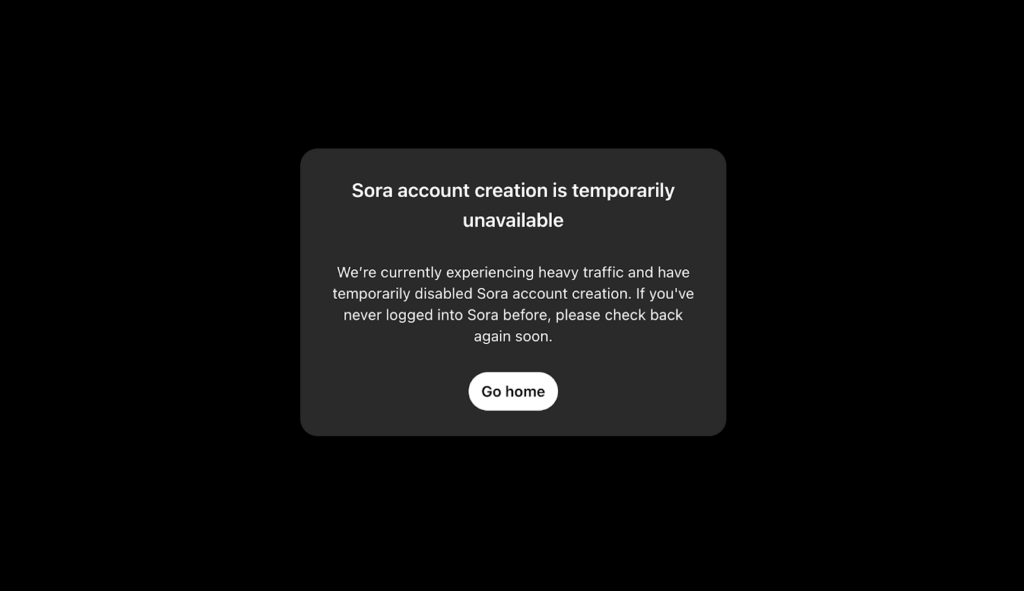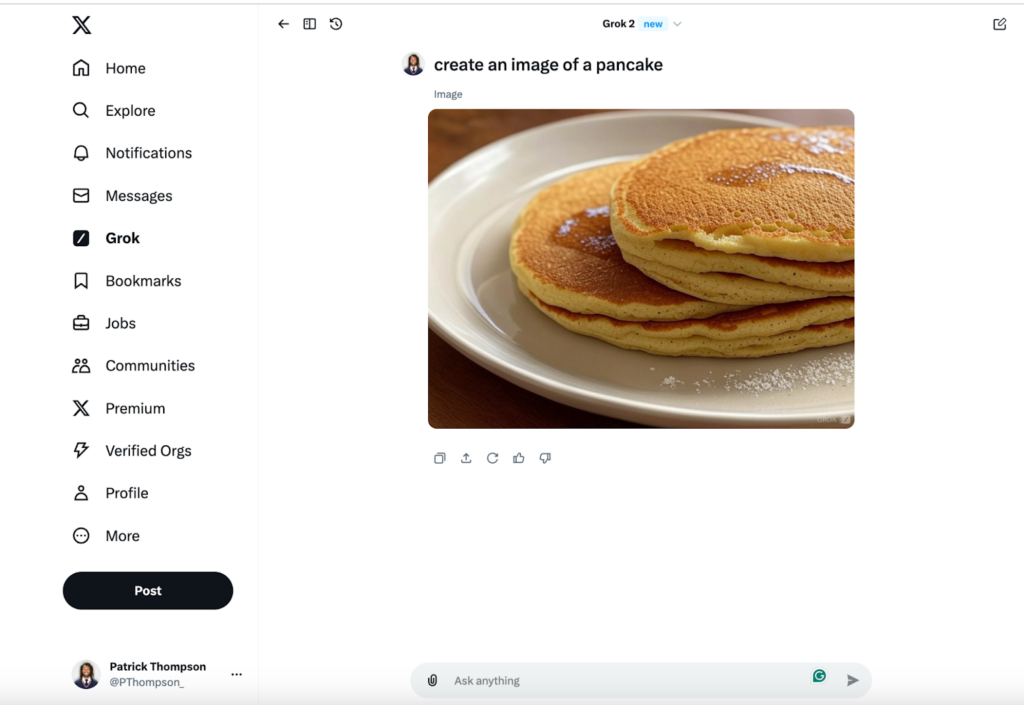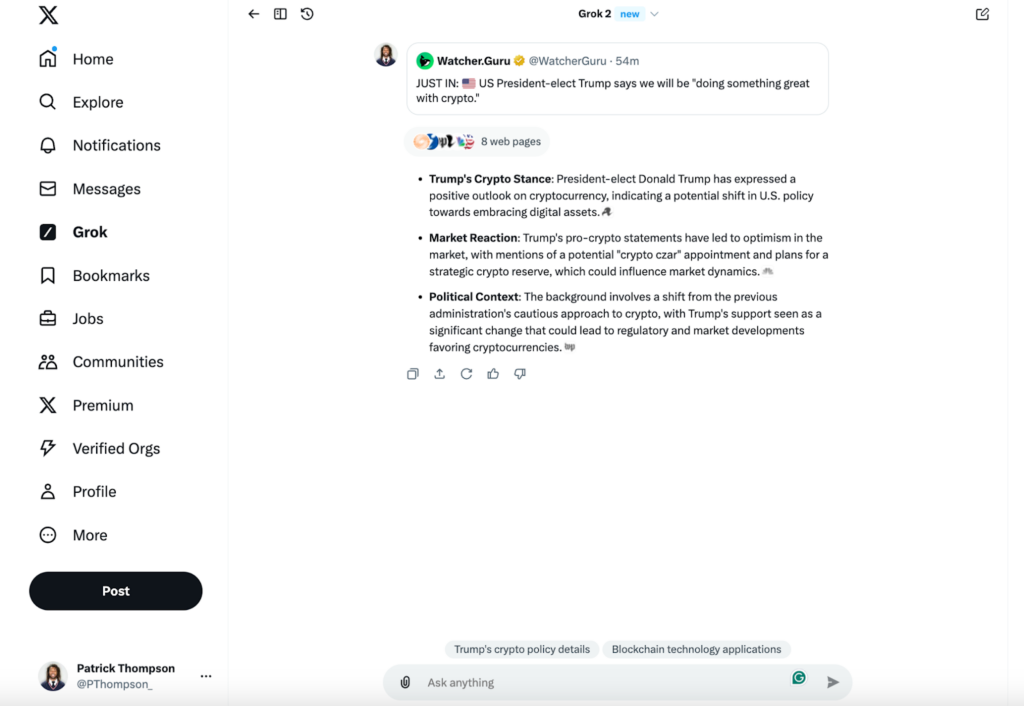|
Getting your Trinity Audio player ready...
|
Last week, OpenAI launched its text-to-video generative artificial intelligence (AI) tool, “Sora.” The company first previewed this tool in February 2024 but said Sora’s capabilities have evolved since then, so they are dubbing the latest version “Sora Turbo.” Sora is currently available to ChatGPT Plus and Pro users; however, OpenAI is heavily restricting access, leaving many people—including me—unable to try the tool immediately after its launch.

For those with access, Sora Turbo allows users to create up to 50 videos per month at 480p resolution for GPT Plus subscribers, while GPT Pro subscribers can create up to 10x more videos at higher resolutions, including 1080p. Currently, videos max out at 20 seconds, and users can blend their assets with AI-generated elements or create entirely new content from text prompts.
The release of text-to-video tools like Sora marks a pivotal moment for the creative industry. Businesses will likely leverage these tools to produce high-quality marketing materials quickly and at a fraction of the cost of traditional production methods. Similarly, independent creators can craft videos for personal projects or even indie films that rival professional studio output. These tools have the potential to level the field in video production and allow anyone with a creative vision to bring their ideas to life.
However, text-to-video AI also introduces new risks, including potential misuse in creating deepfakes. As these tools become more accessible, bad actors and trolls will try to exploit this technology to deceive others. We’ve already seen similar issues arise with text-to-image and text-to-audio AI, and text-to-video is poised to become the next attack vector.
Google launches Gemini 2.0 and enters the era of AI Agents
Last week, Google (NASDAQ: GOOGL) announced its latest AI innovation: Gemini 2.0, which the company describes as its most advanced multimodal model yet. In their official announcement, they even go as far as to say that Gemini 2.0 will usher in a new era of “agentic” AI, enabling the creation of autonomous agents designed to simplify everyday tasks.
One of the first applications of Google’s AI agent powered by Gemini is Project Mariner, a Google Chrome extension currently in beta testing. Mariner acts as an AI-powered virtual assistant, capable of autonomously executing tasks like adding items to shopping carts, gathering information from multiple websites, and advising users on optimal strategies in games. However, to ensure safety and responsible use, Google says that Mariner will require a human somewhere in the operating loop at the moment, requiring user confirmation before the AI agent takes final action on things like making purchases.
Google’s announcement signals that AI agents are becoming a significant focus for the industry. Unlike chatbots, which serve as enhanced search engines, AI agents introduce an entirely new use case. These tools can perform complex tasks autonomously, but their adoption may require re-education for users unfamiliar with this type of technology. While chatbots like ChatGPT have become second nature for many and were rather intuitive for most, AI agents are something entirely different. There is no direct digital substitute for their functionality, and that gap may make adoption slower than expected.
I see accessibility and ease of use as one of the biggest challenges for the average AI user. I feel that AI agent workflows will be so unfamiliar to this group that they will need some sort of training or education before they can dive into these systems.
X makes Grok free and adds Tweet analysis features
Meanwhile, X (formerly Twitter) expanded access to its internal AI chatbot, Grok, by making it free for all users. Previously available only to X Premium subscribers, Grok has also received two more notable upgrades, including enhanced text-to-image generation and a new feature for analyzing tweets.

While its image generation capabilities are impressive, its text-to-text outputs fall short of industry standard. That being said, the Grok Analysis tool is the standout feature. It allows users to break down tweets into digestible summaries with context and links to related news or background information.

While I find this tool useful, I still find it flawed. For instance, when I asked a follow-up question about an analyzed tweet, Grok seemed to “forget” the initial context, leading to fragmented conversations rather than a continuous dialogue from the first message sent.
Despite integrating into X’s ecosystem, Grok still lags behind leading AI chatbots like GPT-4, Claude 3.5, and Google’s Gemini 2.0.
However, Grok has a massive built-in audience with 500 million monthly active users on X. This access gives it an edge over standalone chatbot platforms, which can sometimes struggle to attract new users. Despite this advantage, Grok’s long-term success depends on its ability to offer unique and superior functionality over its competitors and not just rely on its built-in distribution to X’s 500 million monthly users.
In order for artificial intelligence (AI) to work right within the law and thrive in the face of growing challenges, it needs to integrate an enterprise blockchain system that ensures data input quality and ownership—allowing it to keep data safe while also guaranteeing the immutability of data. Check out CoinGeek’s coverage on this emerging tech to learn more why Enterprise blockchain will be the backbone of AI.
Watch: AI & blockchain—Why investors should look for this blend in startups

 12-14-2025
12-14-2025 





